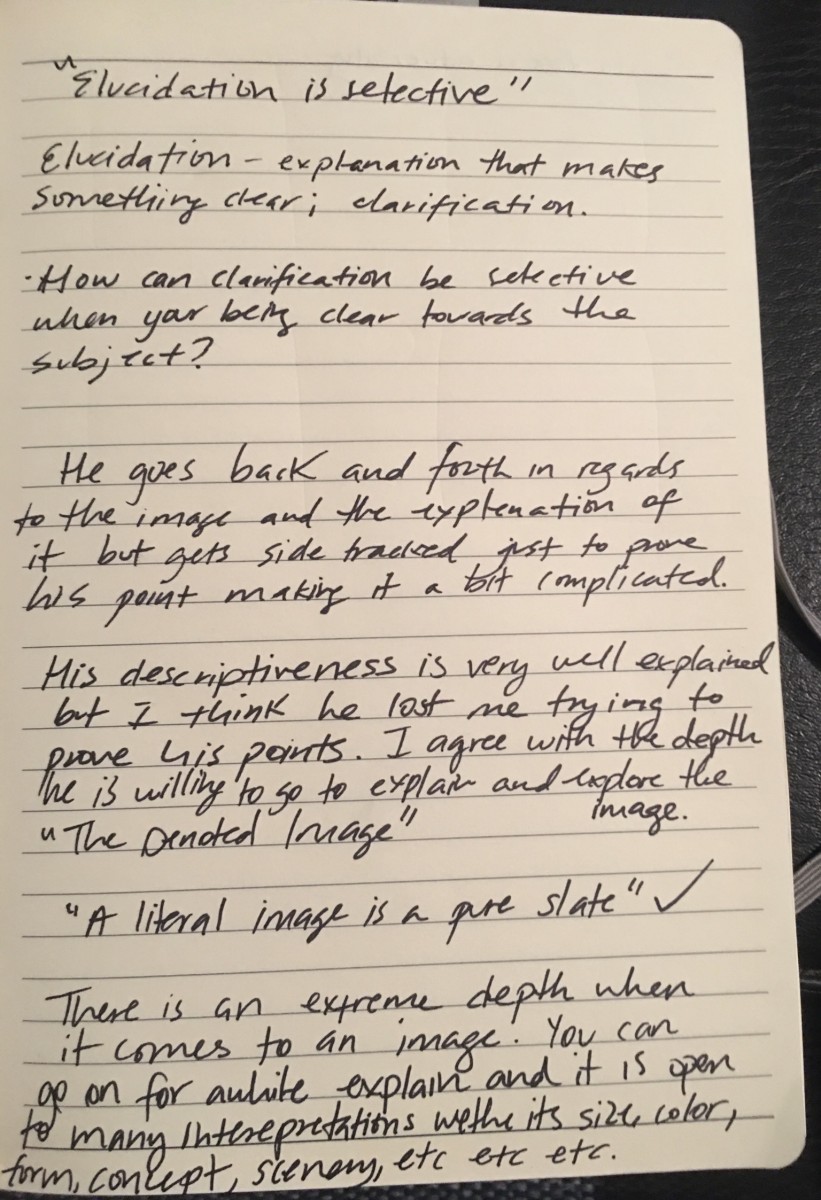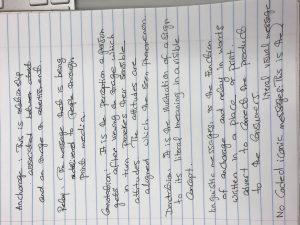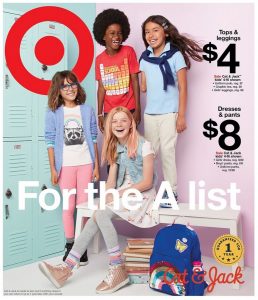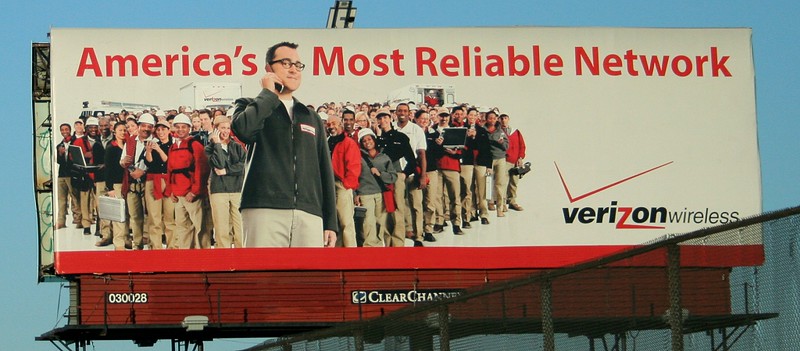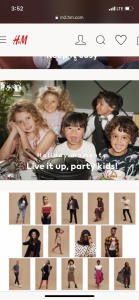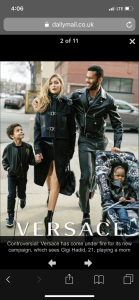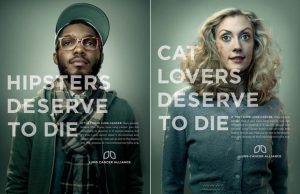The mainstream vs. underground concept is relevant in contemporary design. Heller indicates that the mainstream is a progressive entity due to changes underground culture established by some designers in outsiders (Heller 101). In this way, the contemporary society tweaks the underground culture with the trending issues, and slowly the mainstream becomes the trend itself. Most of the culture is adopting commercial advertisement design.
The design of commercial advertising such as Ketchup uses both visual, linguistic signs and coded iconic message to promote its products. In this way, it fits in the mainstream as the underground captures the consumers by engaging them to their values in the market (Kumar et al. 301). Hence, the underground realm of outsiders who focuses on the design comes out with their own way of creating an advertisement or poster that might either criticize or promote a product (Screti 8). Therefore, the punk and grunge movement unhinges the dominant mannerism and methods used in the mass culture to embrace almost everything.
The underground design that influences the work at hand is leeching off the alternative of culture. The reason is that the underground has been appropriated from the mainstream. In contemporary society, it is termed as “culture jamming,” but in the past decades, it was known as “avant-gardists” (Heller 100). It will shape the mainstream through the fundamental forms associated with advertising the commercials through engaging the art into the advertising aspect. It occurs that not only was the futuristic and constructive art masterwork designed due to cultural change and trending events but involved advertising about new ideas (Clements 27). Hence, in shaping the mainstream, the promotion of commercial advertisement of products expands further to the visual language of an edge through social media as an adopted mainstream of advertising.
Works Cited
Clements, Paul. The Creative Underground: Art, Politics and Everyday Life. Routledge, 2016.
Heller, S. “The Underground Mainstream.” Armstrong, H.(Comp.), Graphic Design Theory: Readings from the field (2008): 98-101.
Kumar, V., et al. “Undervalued or overvalued customers: capturing total customer engagement value.” Journal of service research13.3 (2010): 297-310. Retrieved from https://www.researchgate.net/publication/247744906_Undervalued_or_Overvalued_Customers_Capturing_Total_Customer_Engagement_Value/link/55a0ff1908ae967fb3ea8758/download
Screti, Francesco. “Counter-revolutionary art: OBEY and the manufacturing of dissent.” Critical Discourse Studies 14.4 (2017): 1-23. Retrieved from https://www.academia.edu/35065119/Counter-revolutionary_art_OBEY_and_the_manufacturing_of_dissent?auto=download


